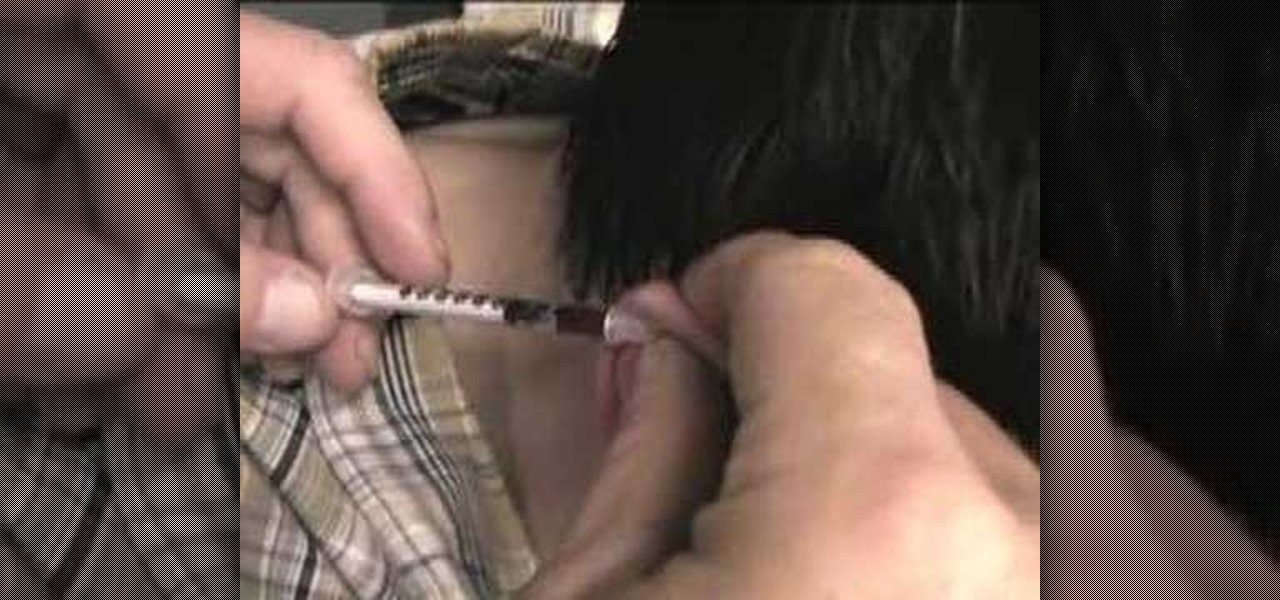
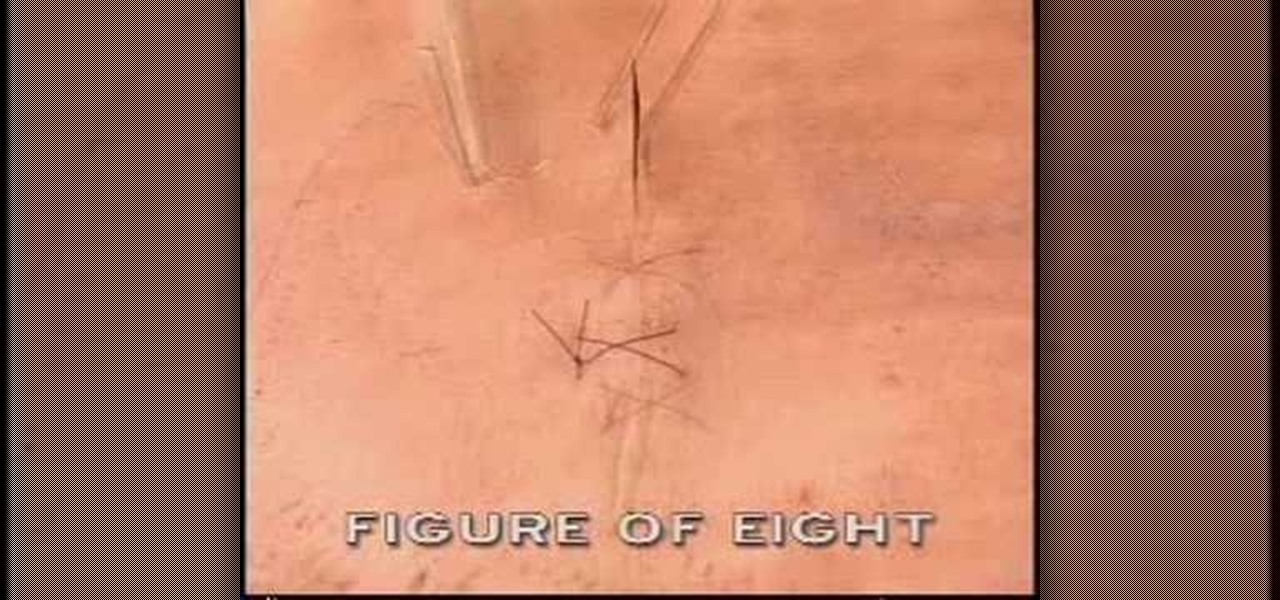
How To: Perform a figure 8 suture during surgery
There are a lot of different types of sutures out there, as any of your doctors, nurses, and medical students know, and performing them properly is a vital part of your job. This video details how to perform a figure of eight suture on a surgical patient. It is definitely made for the professional or student, so please, do not try this at home!

How To: Perform an interrupted and a subcuticular suture
If you want to perform an interrupted and a subcuticular suture you should first make a bite through the skin. In order to make a bite through the skin you should put the needle point perpendicular to the surface, turn your wrist and make sure it arrives at an even point from the entry point. Grasp the needle as it comes from the tissue. Make sure you always keep the needle in view. Then ti e the suture with an instrument tie and form the knot on the side of the wound so it does not effect th...
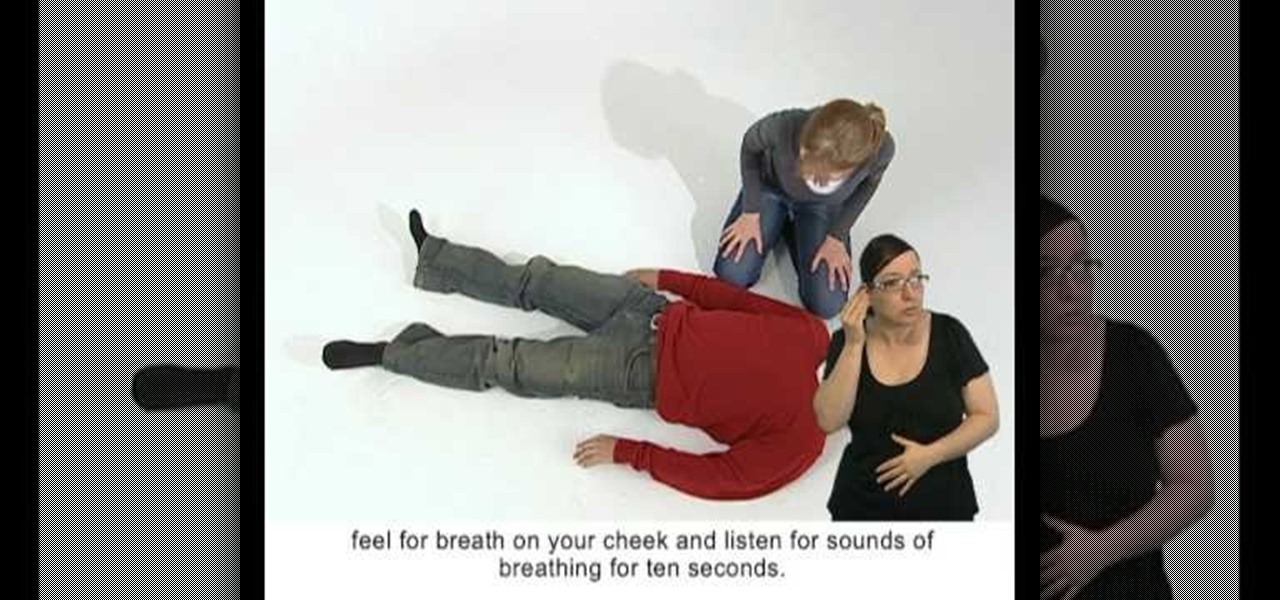
How To: Use the recovery position [signed] (British Red Cross)
Even those with hearing impairments need to know basic first aid procedures, because everyone, including deaf people, can save a life one day. People may collapse unexpectedly for a number of reasons, and people who faint periodically, or those who suffer frequent seizures or from epilepsy need help from others, so it's important that everyone know the proper first aid procedure for saving a collapsed victim casualty.

How To: Stop a nosebleed easily
In this tutorial, we learn tips from roadies. If you experience a nosebleed and don't know how to handle it, there is a very simple way to cure it. First, take a long string and tie it around the middle of your hand a few times until it's tight. Then, make a fist with your hand and squeeze for two minutes. By the time the two minutes is up, your nosebleed should have subsided. Another tip, is for when you have hiccups. First, take a pen and press it on the inside of the ear. After a few secon...
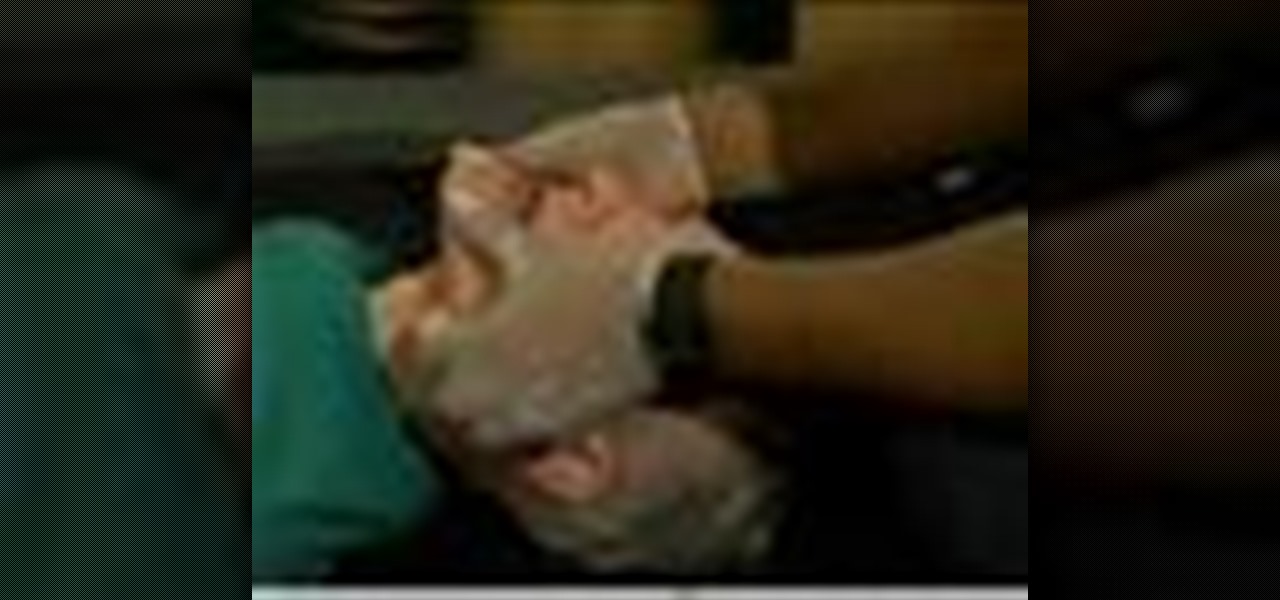
How To: Open the airway when a neck injury is suspected
If a neck injury is suspected and the victim is on their back you can use the jaw thrust technique to open the airway. Place your fingers behind the angle of the lower jaw and move it upward. At the same time, use your thumbs to slightly open the mouth. Open the airway when a neck injury is suspected.

How To: Nobody Around to Save You from Choking? Save Yourself by Falling on the Floor
Choking is scary in any situation, but it's exponentially worse when there's no one around to perform the Heimlich maneuver. Even more so when there aren't any chairs or countertops anywhere. Fortunately, fire medic Jeff Rehman has a great method for saving your own life when things get desperate. Best of all—it requires nothing more than a solid floor.
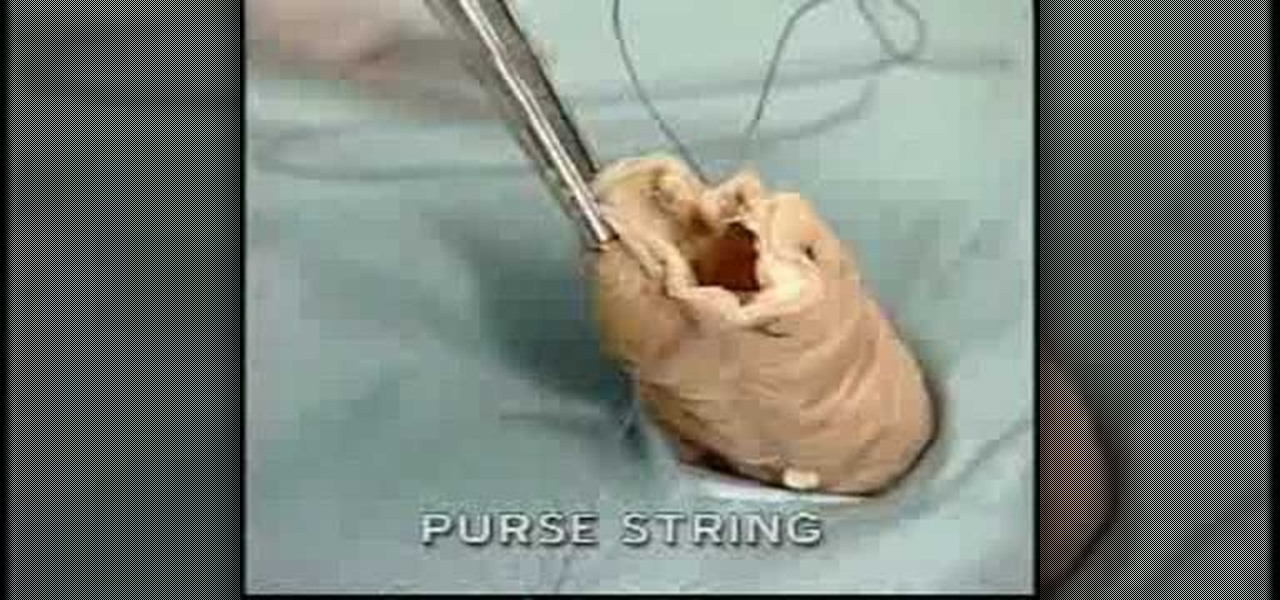
How To: Use a purse string suture during surgery
The purse string stitch is one of the more specialized stitches used during surgery: the purse string suture. This suture is used to seal an opening in a hollow organ in the body, like when a feeding tube is being inserted. It is a challenging maneuver, and mostly useful in internal medicine rather than external, but knowing it is essential to several types of surgery.
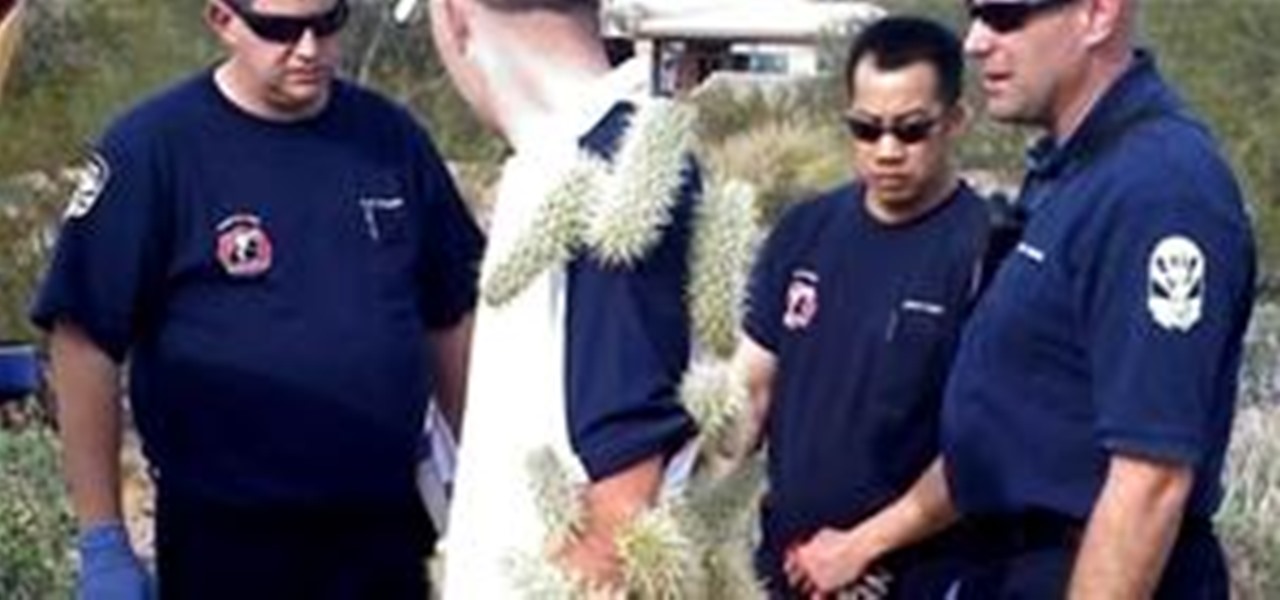
How To: I WonderHowTo Get These Excruciatingly Painful Cactus Needles Off of Me
Looks like this dude could use a little help in the first aid department. Via Bits & Pieces,
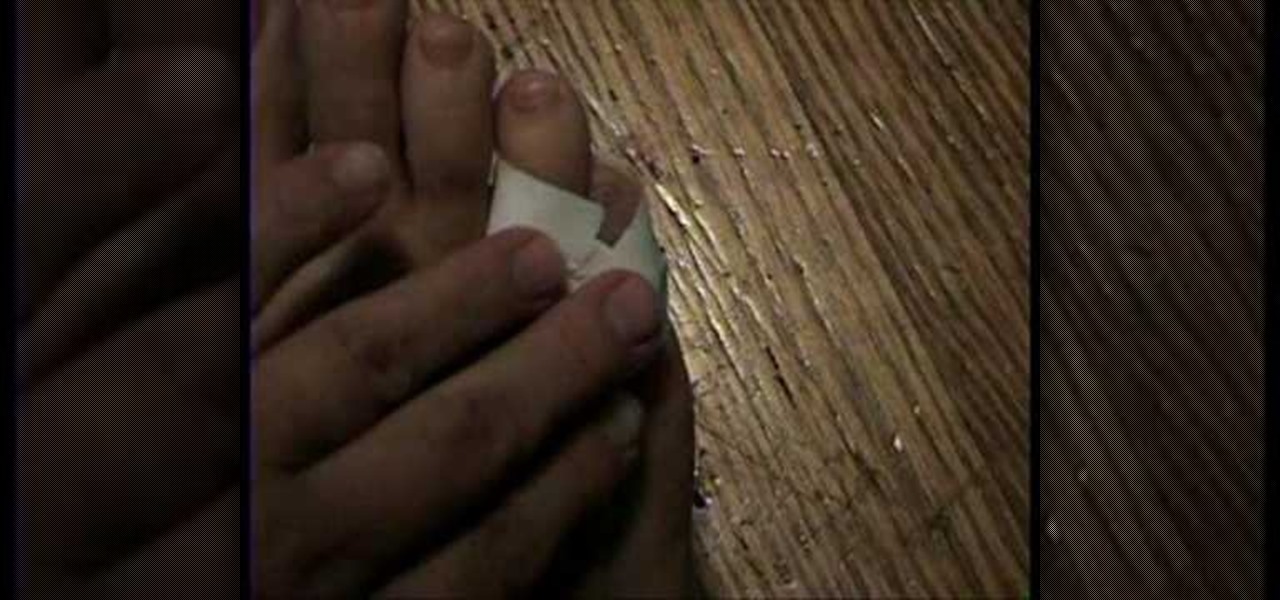
How To: Wrap up your broken toe at home
We all make the same mistake at some point. Walking around, minding your own business and then BAM you crush your toe right into a step, a wall, a small raise in the ground. Your toe is broken, you're shouting like a sailor, and your toe now looks like a swollen grape. Don't worry, you don't have to go to the hospital. Instead, check out this great video where you learn how to wrap your broken toe to help it heal.

How To: Draw blood from an arterial line
In this tutorial, we learn how to draw blood from an arterial line. First, you will need a catheter, tubing, regular iv tubing, 10 cc syringe, transducer, fluid bag, and iv saline bag. First, waste a couple ml's of blood by turning the stock cock off to the system and draw back a couple liters of blood. After this, turn the stock cock off the syringe and take out the syringe, then add a new one. Now, take your sample of blood and draw out 5 ml of new blood. Take out the syringe, then cap it a...

How To: Give a bimanual pelvic exam
Learn the procedure for performing a bimanual pelvic exam of a female.

How To: Treat an open wound in 4 easy steps
Here are the four steps you need to know in order to treat a person with an open wound. Treat an open wound in 4 easy steps.
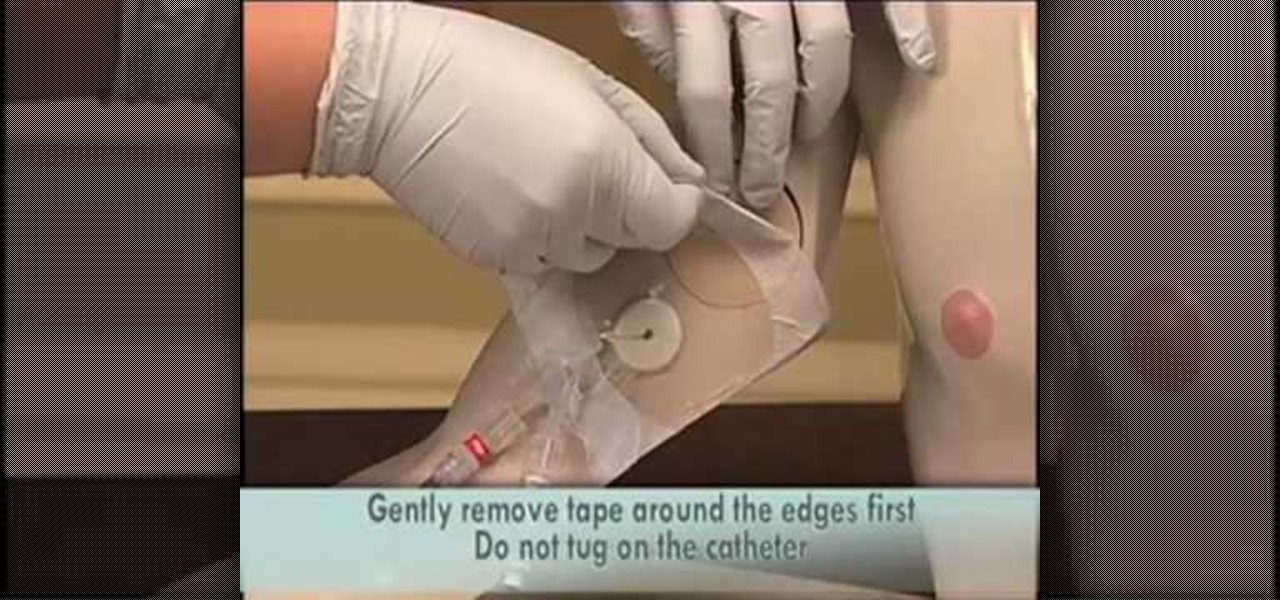
How To: Insert a proper PICC line into your patient
PICC stands for a peripherally inserted central catheter, and is usually inserted somewhere in your patient's uppper arm, giving access to the larger veins in the chest region. PICC lines are often desirable because they are the least risky way of giving central access to the veins near the heart, especially when your patient will need to have one for an extended period of time. This tutorial shows you everything you'll need to know about how to properly and safely insert a PICC line into you...

How To: Treat minor cooking burns at home
It's impossible to learn how to cook without getting burned a few times. First, learn how to avoid getting burned (like using potholders and taking care around hot stoves). If you accidentally get burned, here is how you can treat the minor burns with water and first aid supplies.

How To: Remove nitrile exam gloves properly and safely
Nitrile exam gloves are the latest in disposable medical glove technology. They withstand stress well and won't trigger latex allergies, making them a great choice for first aid work. Watch this video to learn how to remove them properly, ensuring that your skin is not contaminated by whatever you were trying to keep off them with the gloves.
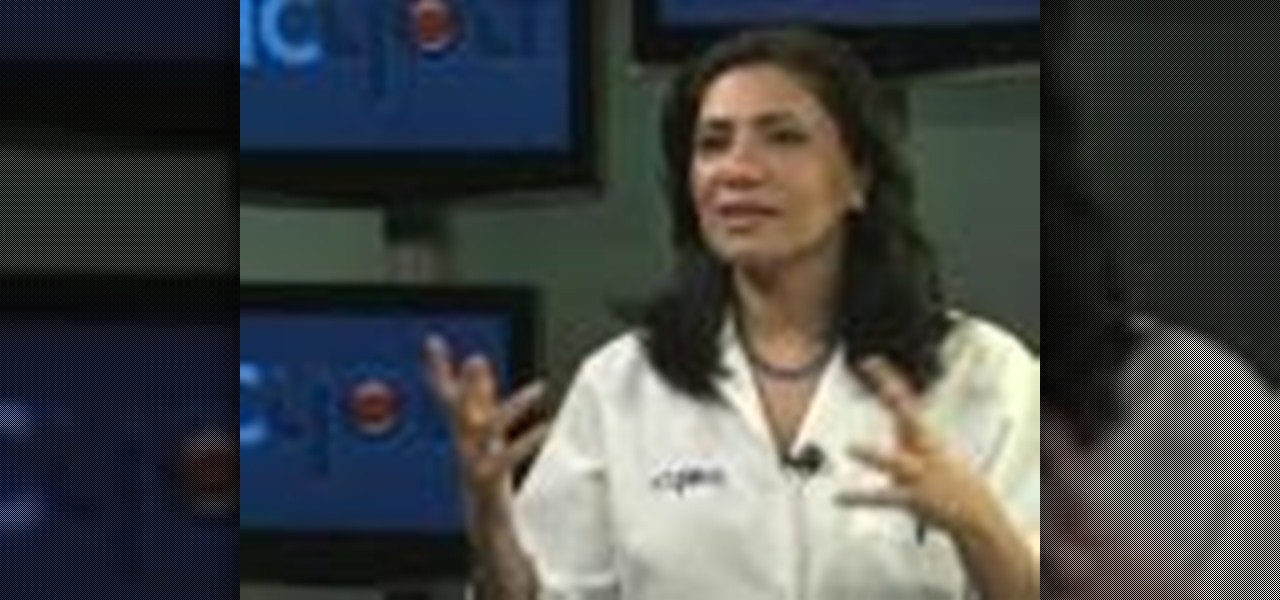
How To: Provide emergency care to a person who is unconscious
In this medical-minded video tutorial from the folks at ICYou, we learn about the potential risks associated with providing emergency care to an unconscious person. For all of the details, and to learning more about providing aid to a person who is unconscious, take a look.

How To: Perform CPR in an emergency situation
In this medical-minded video tutorial from the folks at ICYou, we learn about the newest recommendation for administering CPR (or cardiopulmonary resuscitation). For all of the details, and to get started learning more about how to give CPR yourself, take a look.
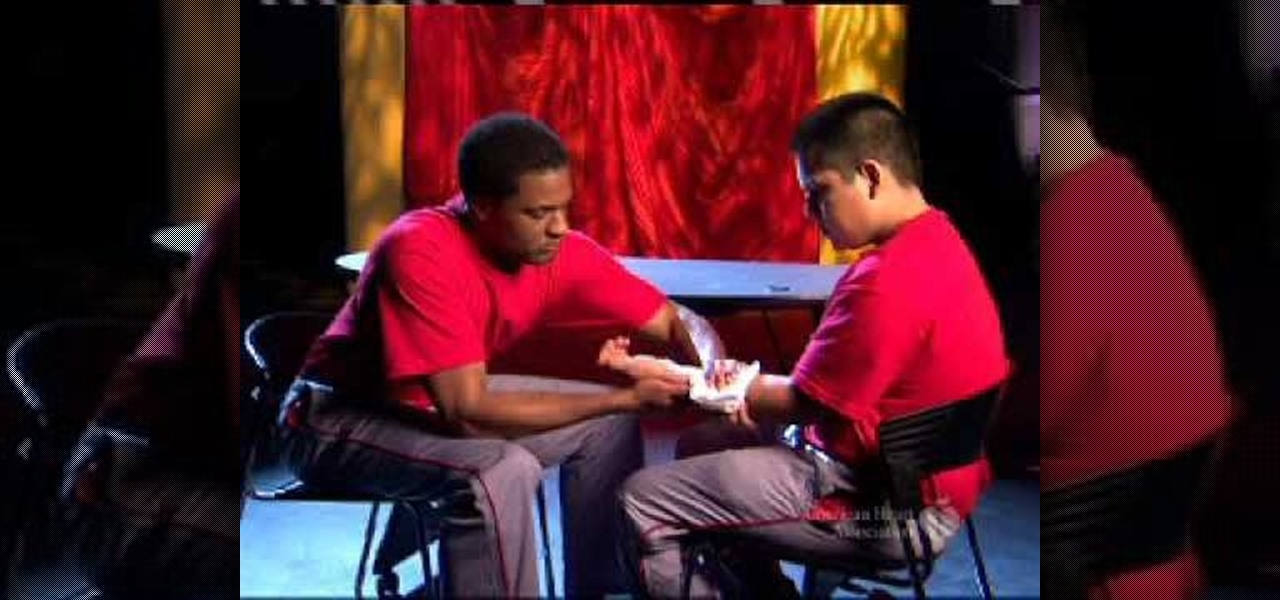
How To: Stop bleeding with pressure and gauze
In this tutorial, we learn how to stop bleeding with pressure and gauze. If someone around you gets hurt and is bleeding, the very first thing you will want to do is put pressure on the area that is bleeding. If you don't have gauze, use a shirt or a towel. Do not touch the blood directly, as this can cause disease and other complications. Push down on the area firmly with your entire hand and take the victim to a hospital to get checked out, if the wound is large enough. If it's a smaller cu...

How To: Manage a fever in children with Dr. Bill Gray
In this tutorial, we learn how to manage a fever in children. When your child has a fever, this means their body is fighting an infection. The fever will vary depending on what it is, but it will usually peak at 106 degrees. Don't bring the fever down with Tylenol, because it could make the cold last for a longer amount of time. This can be a greater threat to health than the illness was in the first place. If the child starts to get a higher fever, this is a good sign that the body is killin...
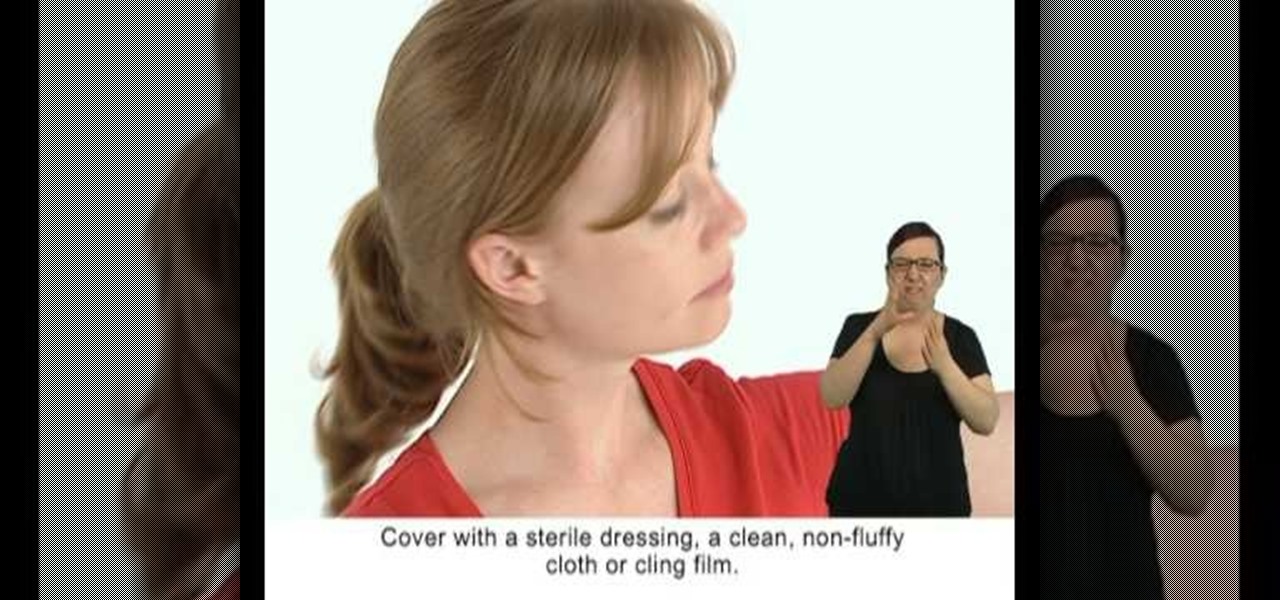
How To: Treat burns and scalds [signed] (British Red Cross)
In this first aid video, learn the simple procedure of caring for burns and scalds, in sign language. It's specifically geared to helping the deaf and hearing impaired.
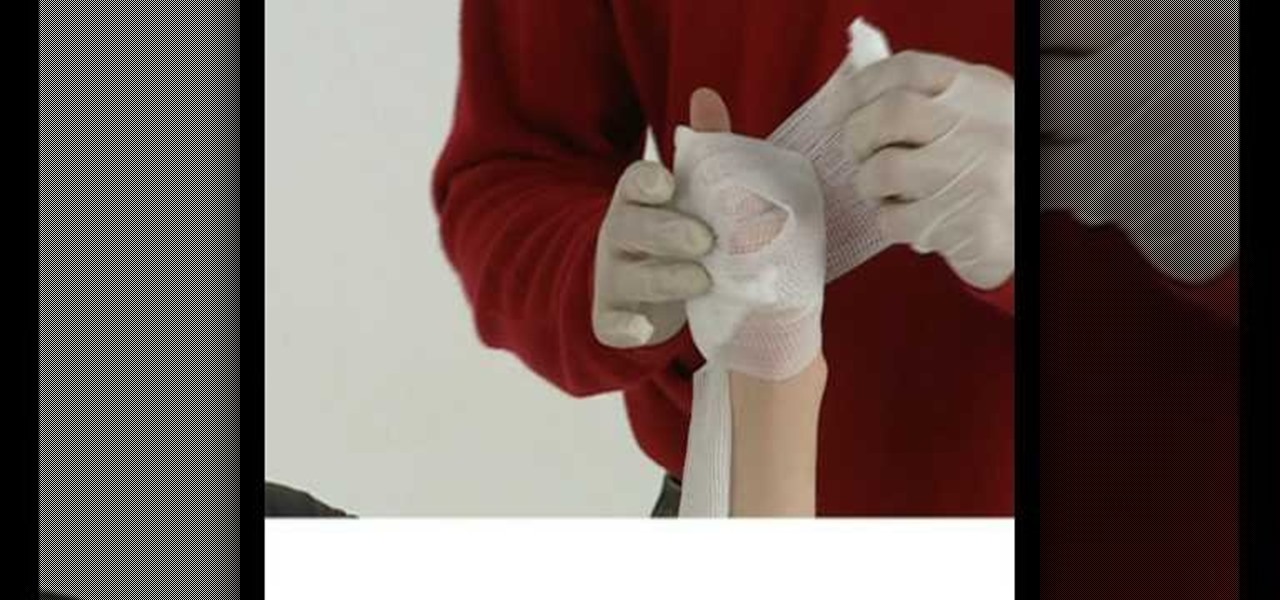
How To: Stop severe bleeding [signed] (British Red Cross)
This video is designed to help deaf people, or those with hearing impairments, learn how to do basic first aid. Specifically, this video deals with sever bleeding and how to stop it, and is taught in sign language.
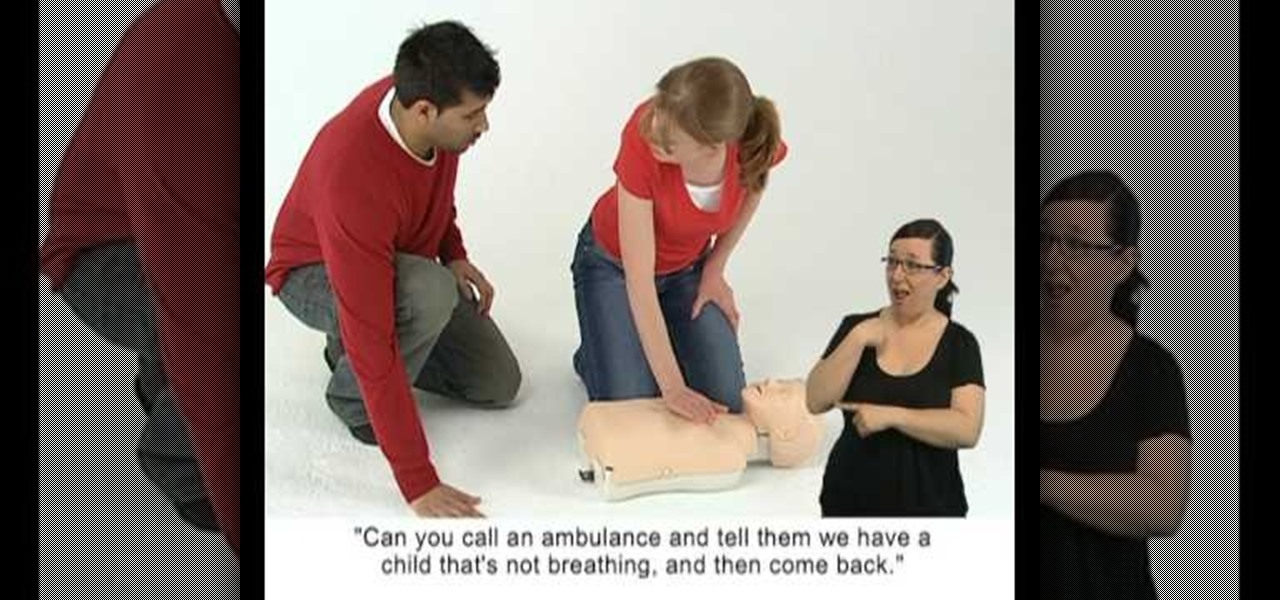
How To: Perform CPR on children [signed] (British Red Cross)
Deaf people are just like everyone else, and they have a responsibility to save lives just like the rest of us. Those with hearing impairments might not be able to benefit from most online first aid training, but this video is signed to give those with hearing problems the info they need to help out.
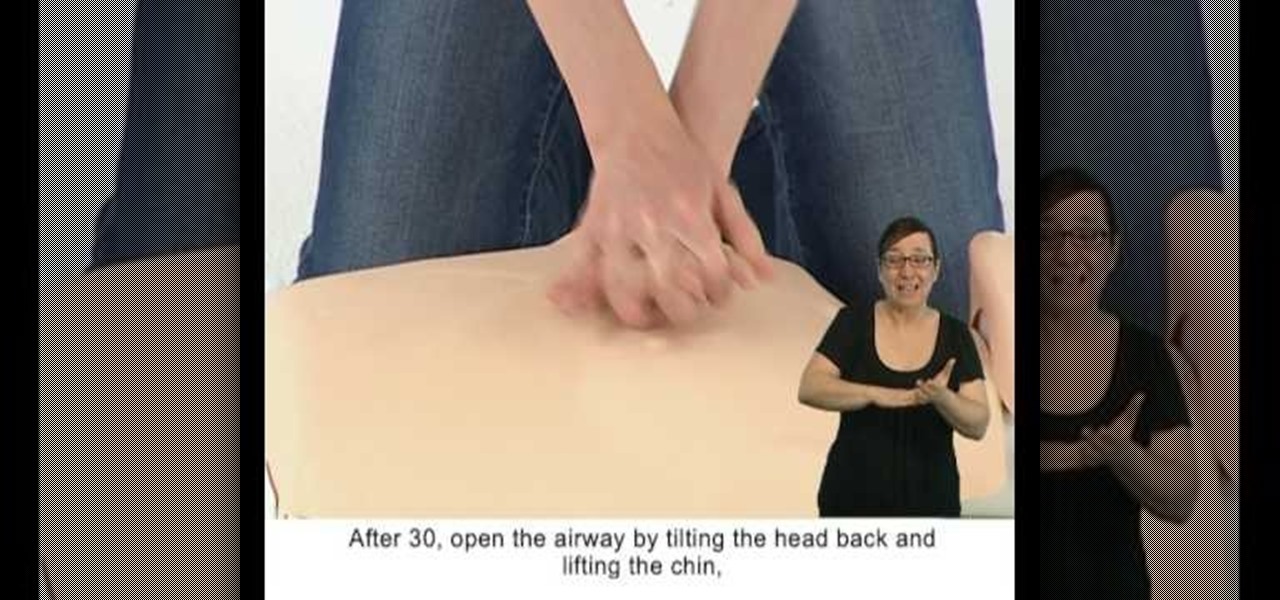
How To: Perform CPR on an adult [signed] (British Red Cross)
Everyone should know basic first aid, and the hearing impaired are no different. Deaf people can save a life just like any other, so this video is designed specifically for the hearing impaired, in sign language.
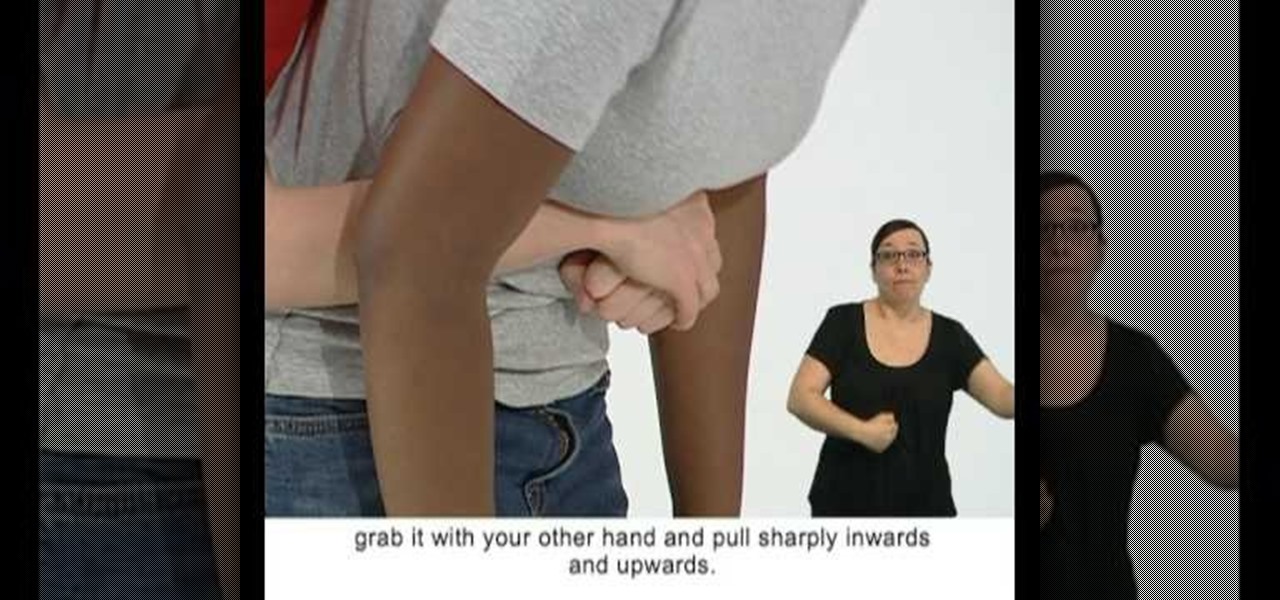
How To: Treat a choking person [signed] (British Red Cross)
Everyone should know how to perform basic first aid, especially for choking victims. This video will help deaf people and those with hearing impairment learn how to deal with choking, using sign language. Choking is serious life-threatening problem that need immediate attention. It could result in such problems as hypoxia or even death.
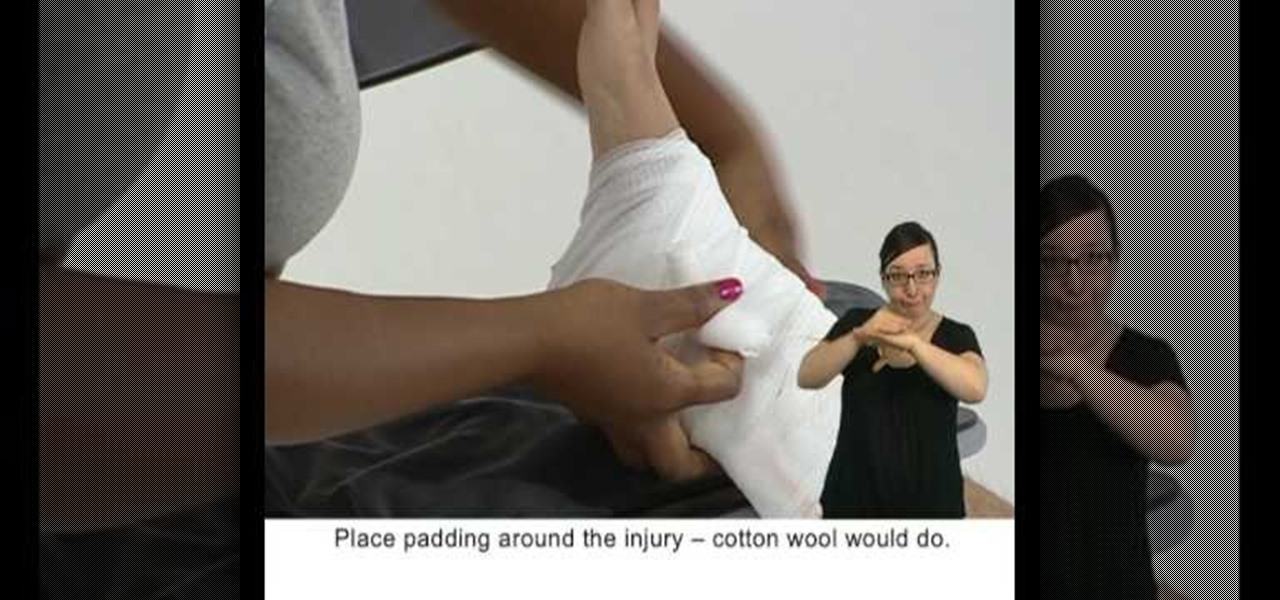
How To: Treat strains and sprains [signed] (British Red Cross)
Everyone should be able to perform basic first aid, even those with hearing impairment. Deaf individuals are just as likely to save a life as anyone else, but they need to know how, just like everyone else. This video is signed to help those with hearing problems learn about strains and sprains treatments. Although strains and sprains are not a serious injury, they are still very painful for the sufferer, and the only way to make sure they heal properly is to make sure they get immediate atte...

How To: Stop shoulder, neck and back tension from computer use
In this video, a doctor gives you great information on how to relieve shoulder, neck, and back pain from prolonged computer use. It's great advice for those of us who work at computers more than a few hours a day. The best way to improve tension is to fix your posture first, and make sure the screen is not too close to your eyes. Stop shoulder, neck and back tension from computer use.

How To: Make Your Own Resusable, Lasting Ice Pack for 30 Cents
Check out this tutorial for advice on how to make a long-lasting, reusable ice pack that will not leak for cheap. These ice packs conform to any shape you need, stay cold for a long time, won't burn your skin and won't leak! To top it all off, they cost less than a dollar each! So, keep one of these in your freezer in case of emergency and you're good to go. Toss those pricey, leaky blue packs and opt for this homemade version.

How To: Recognize and treat the 5 C's of a fever in children
Dr. Chris Steele guides us through how to find the 5 Cs of a sick child. When you have a child who is running a fever, it's important to remember not to heat up your home and wrap them in a ton of blankets. This is the worst thing you can do because you're increasing the warmth around them, which is going to increase their brain and body temperature. If your child has a fever, remember to cool them. Cool their room, cool a wash cloth to place on them, cool drinks, cool ice cream, and cool bed...
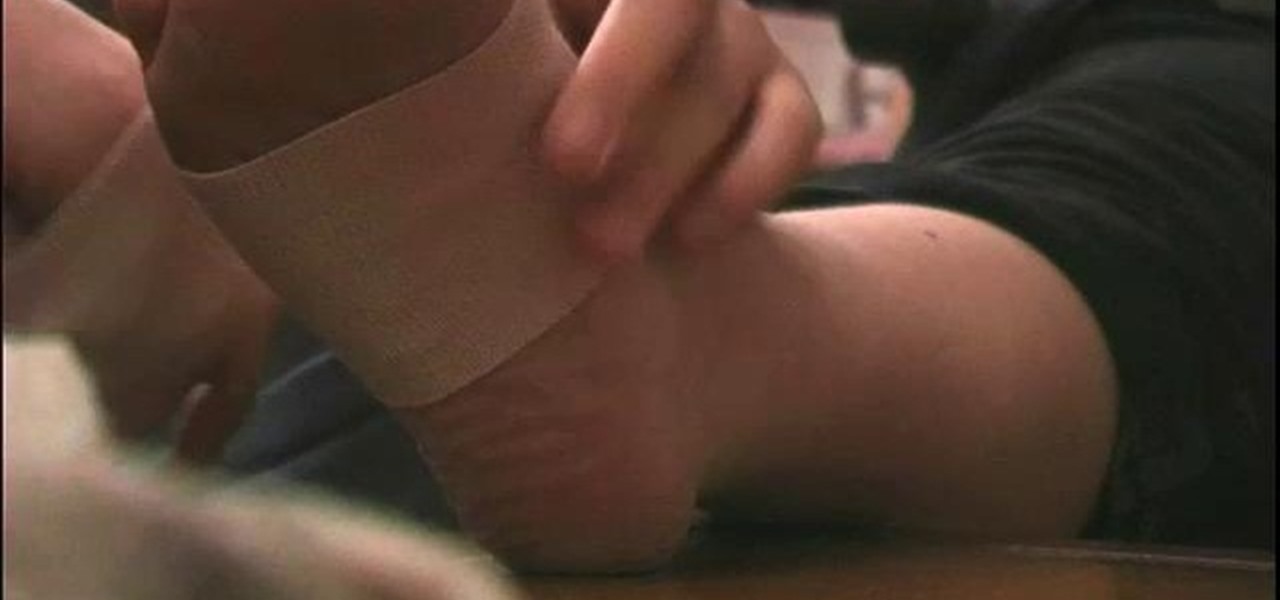
How To: Wrap an injured ankle
The last thing you want to do with an injured ankle is to hurt it further by wrapping it up improperly. Fortunately, wrapping an ankle is easy once you know how. And this free video first aid tutorial will show you precisely what you'll need to do. For more information, including detailed, step-by-step instructions, take a look!

News: Is That What I Think It Is?
More CPR education (the super gratuitously sexy way). If you're hypnotized and you missed Lesson #1, now would be the time to check it out... Previously, HowTo: Learn CPR (the Super Sexy Way).
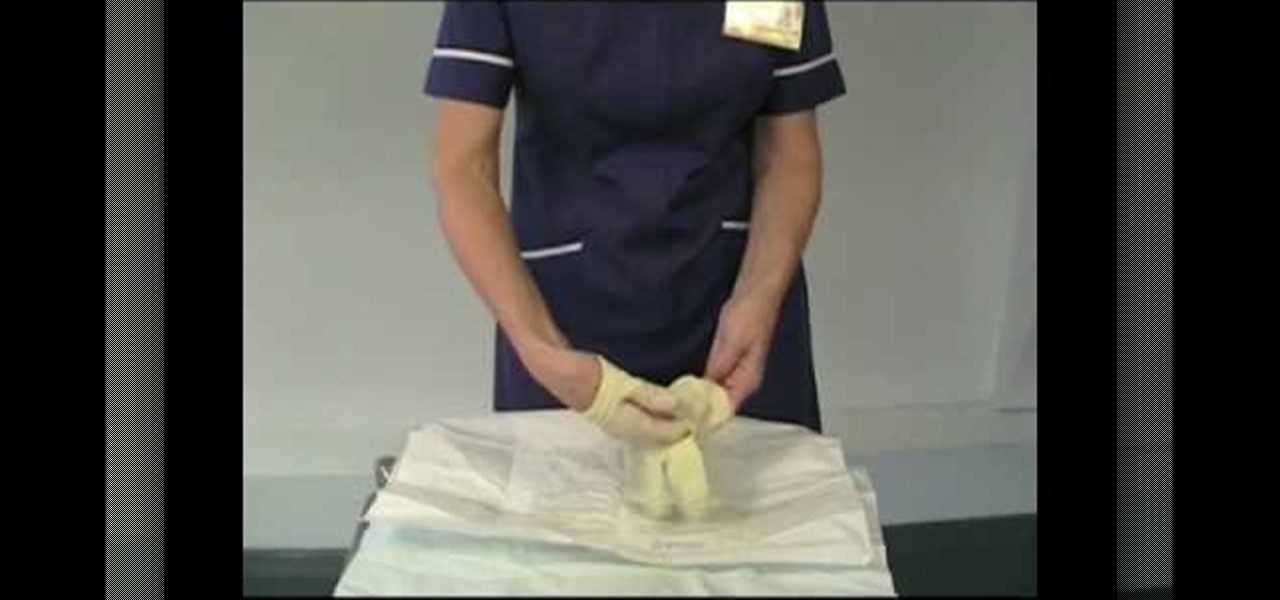
How To: Put sterile gloves on properly
Disposable, sterile gloves are one of the most important part of hospital safety, making sure that the hands that touch the patients are not going to make them sicker. However, putting on sterile gloves incorrectly can cause the germs from your hands to get on the gloves, ruining their sterility. This quick video details how to put sterile gloves on properly to maximize patient safety.
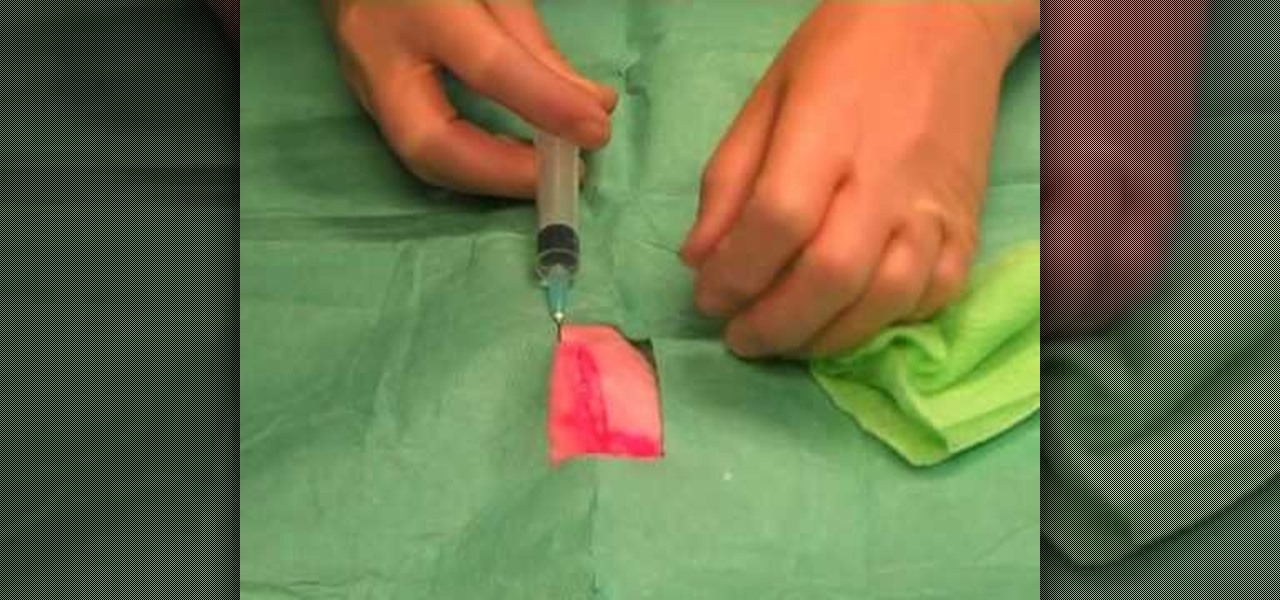
How To: Suture a wound in a hospital setting
Suturing wounds is one of the most important parts of any doctor's job, and learning how to do so should be among the first priorities of any medical student. This three-part video covers all of the basics of suturing a wound in a hospital setting. It features information on infiltrating anesthetic, choosing how many sutures to use, and other techniques.
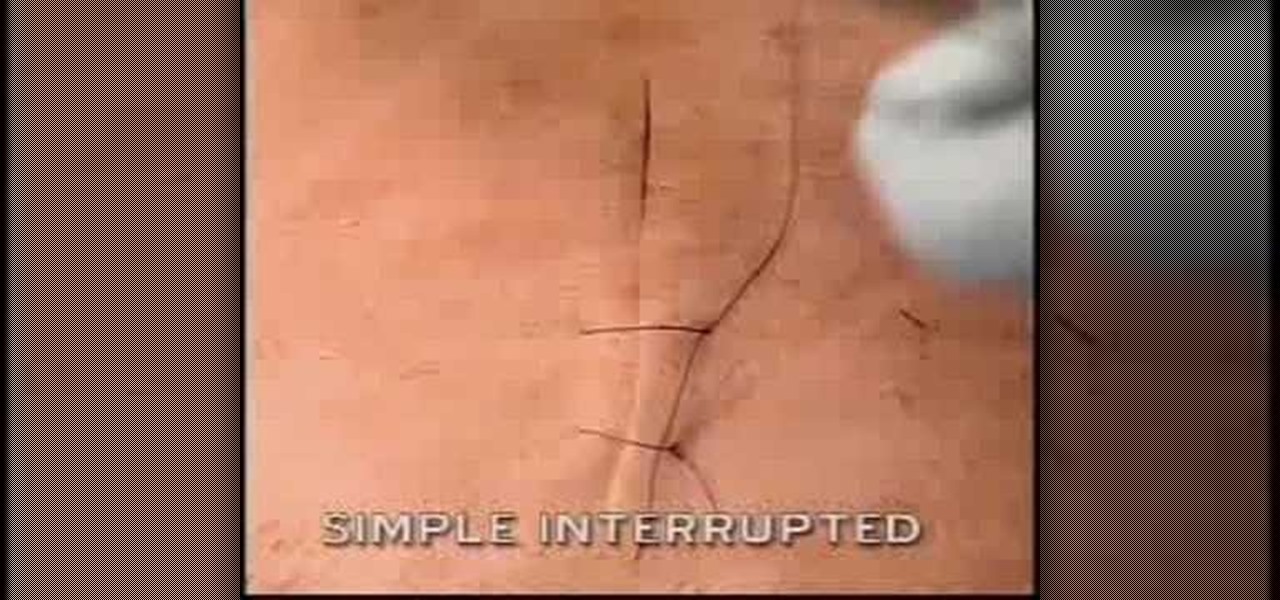
How To: Use the simple interrupted suturing technique
In the wide world of suturing techniques, the simple interrupted suture is perhaps the simplest and most common. This video details and demonstrates how to perform such a suture. This will be a very handy video for anyone new to the field of medicine looking to improve their surgical skills.
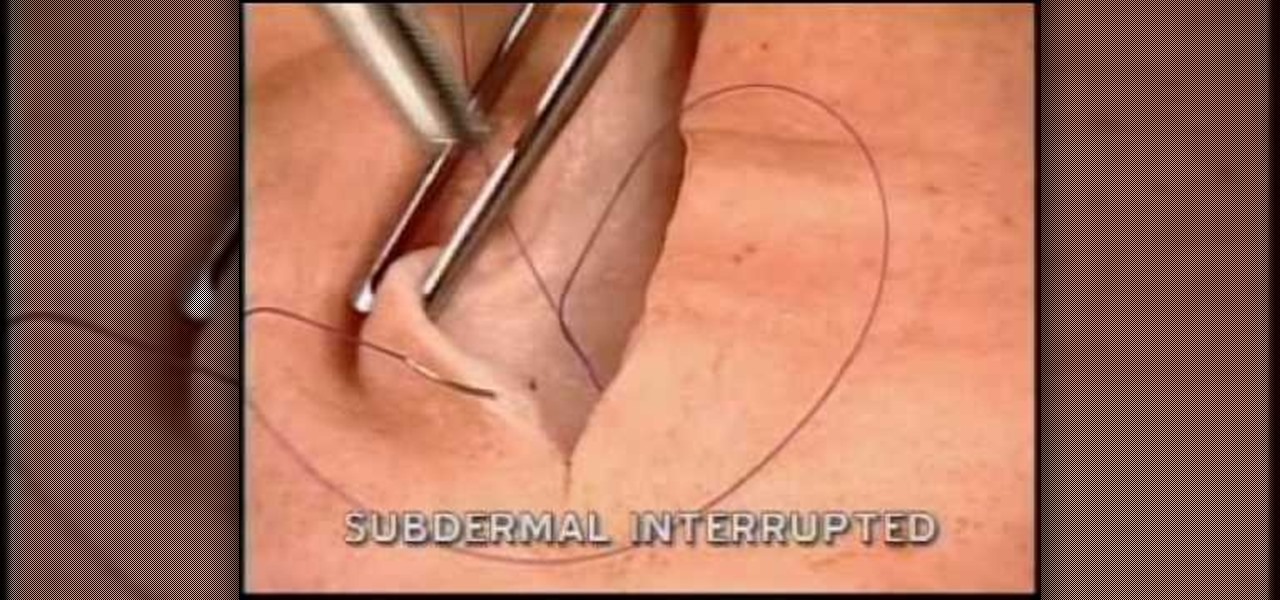
How To: Use subdermal interrupted suturing on a patient
The subdermal interrupted suture is a complicated, difficult type of suturing. It does have advantages, however, as the resulting suture is both strong and cosmetically pleasing. This video walks you through performing the stitch, and should make it easier to use this effective suturing procedure on your patients.
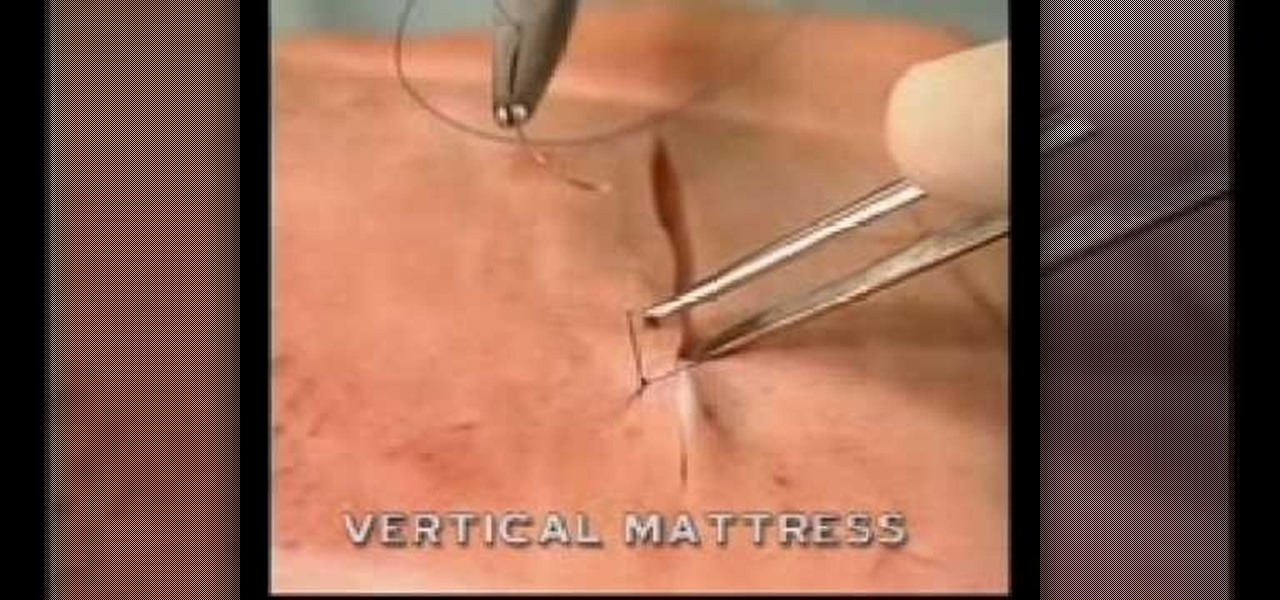
How To: Perform a vertical mattress suture during surgery
There are almost as many types of sutures as there are types of wounds that a human can sustain. This video instructs the viewer in performing one popular type of suture: the vertical mattress stitch. This type of stitch is relatively simple and strong, and thus a good choice for many types of wounds.
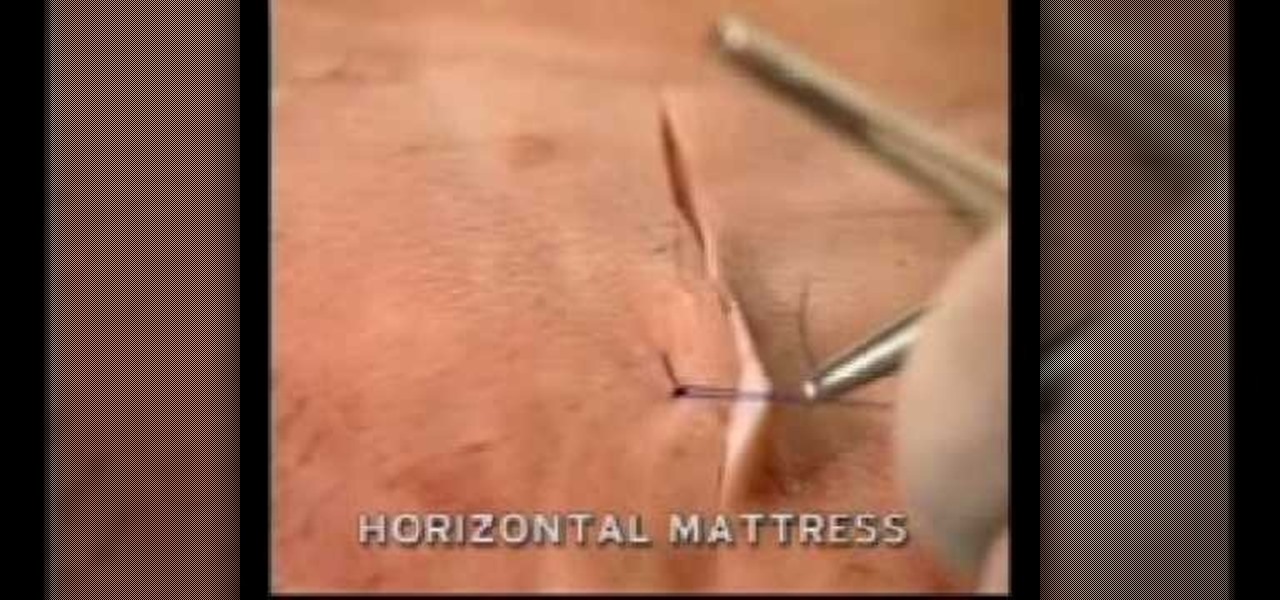
How To: Use a horizontal mattress suture on a wound
This video for surgeons contains step-by-step instructions for how to and a demonstration of using a horizontal mattress suture on a human patient. The horizontal mattress stitch is used to seal wounds without putting pressure on them, which allows them to heal faster.
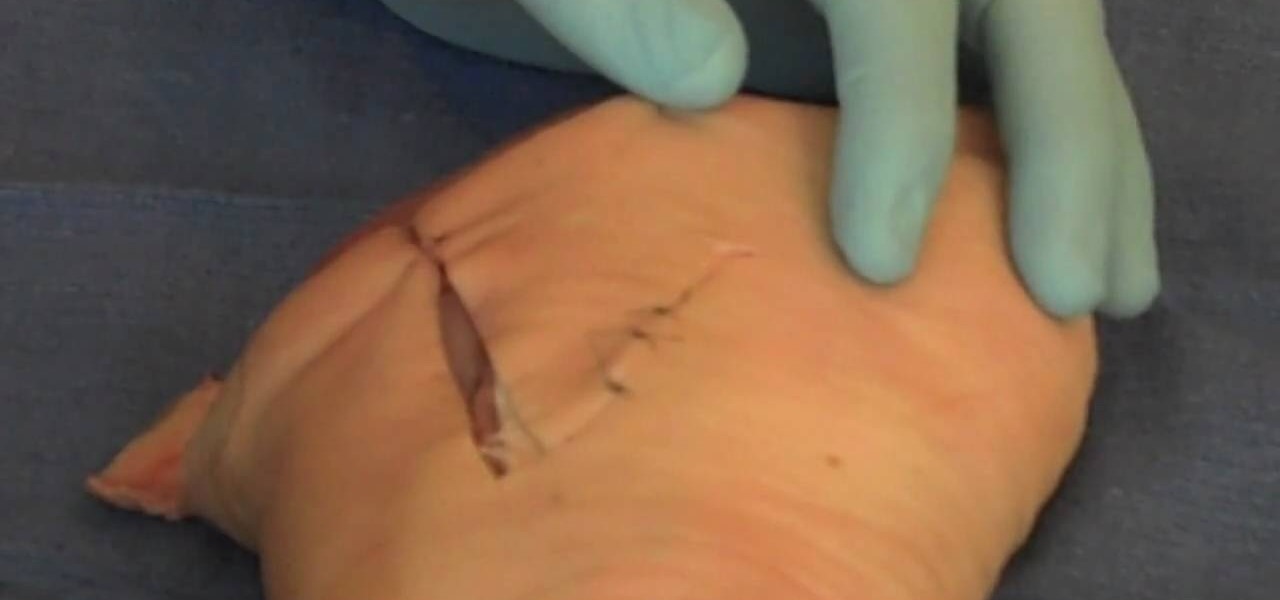
How To: Suture the dog ear of a wound closed
When a wound is particularly messy or has been sutured improperly, a dog ear can form. A dog ear is a flap of skin that does not fit cleanly into the suturing of the rest of the wound. This video features a doctor explaining how to suture a dog ear properly. One handy tip: if you lengthen the laceration away from the dog ear, the skin will hang looser and be easier to suture. Counterintuitive, but effective.
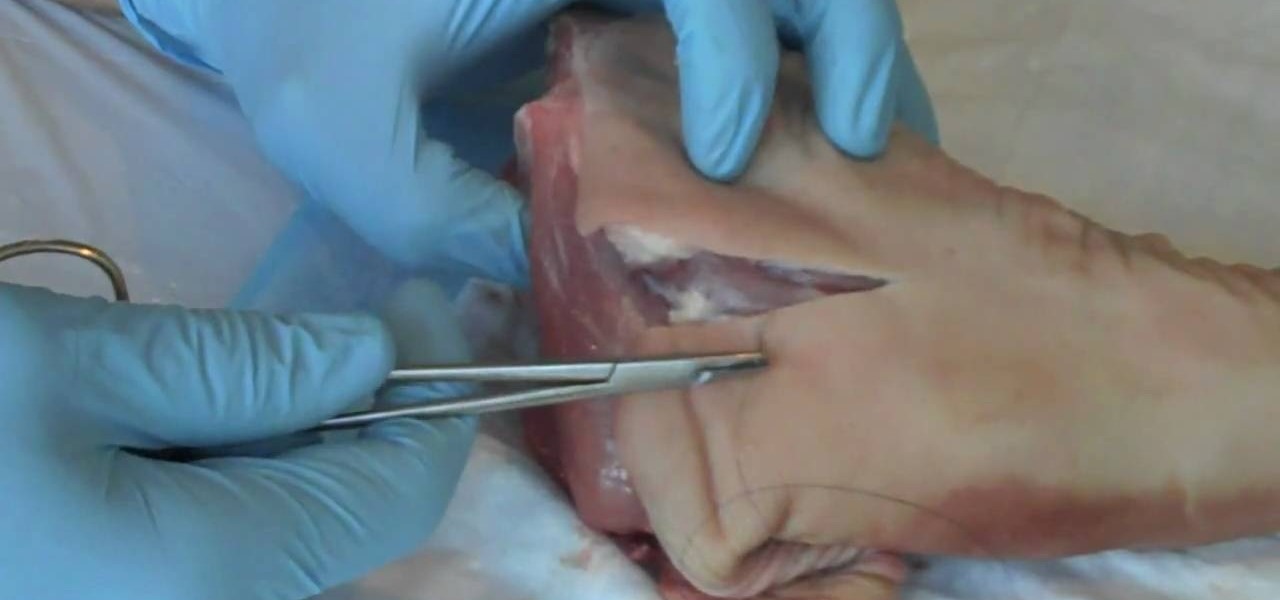
How To: Use proper suture technique with your patient
Performing sutures properly is one of the most important and basic parts of being a successful doctor, especially in a hospital environment. This two-part video features an overview of proper suture technique, from how to hold the needle to some common sense advice for avoiding mistakes.
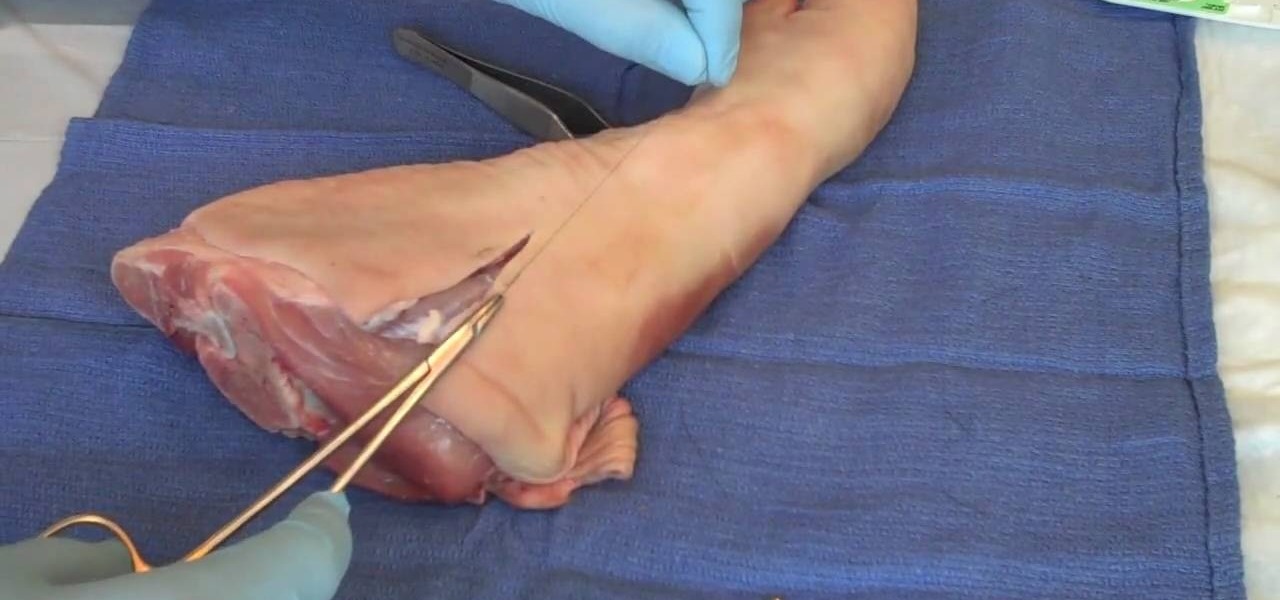
How To: Perform a horizontal mattress suture on a patient
The horizontal mattress suture allows the doctor or nurse performing them to minimize the tension being applied to a patient's wound by the stitch, which facilitates healing. This video features a doctor demonstrating how to perform such a suture on a pig's leg, teaching you one of the techniques that will help make you a more successful medical professional.
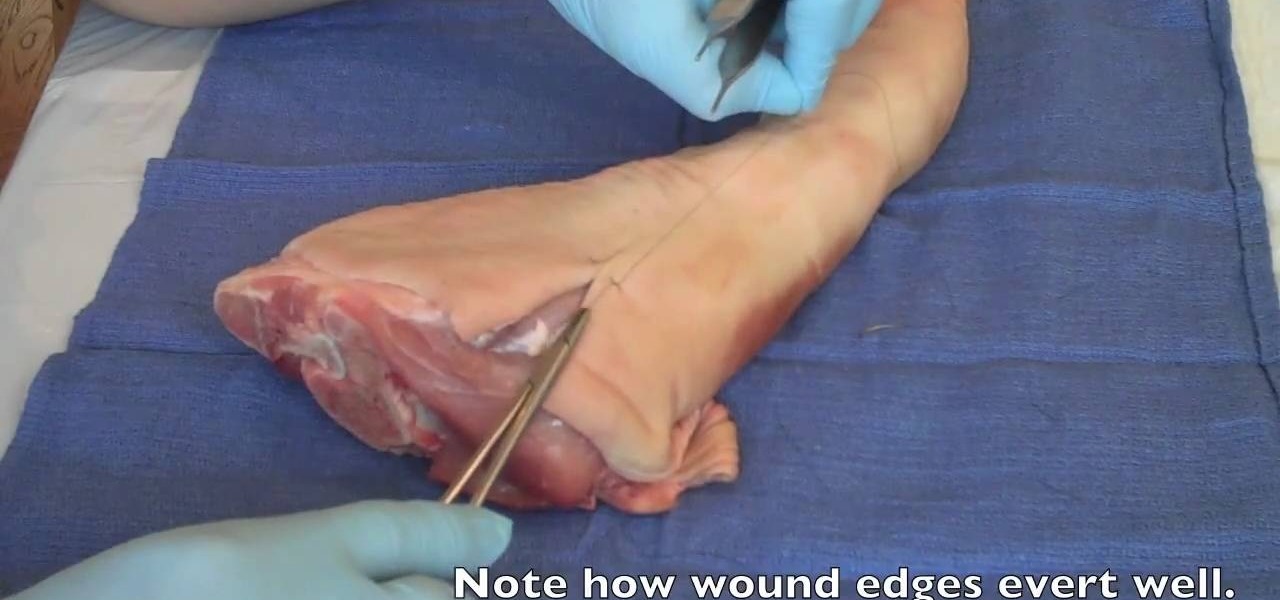
How To: Perform a vertical mattress suture on a patient
The vertical mattress suture is one of the most common stitches used in Western medicine. this video features a demonstration of a vertical mattress suture on a big legs. This video will make a handy reference for any medical, veterinary, or nursing student looking to improve their suturing techniques.



